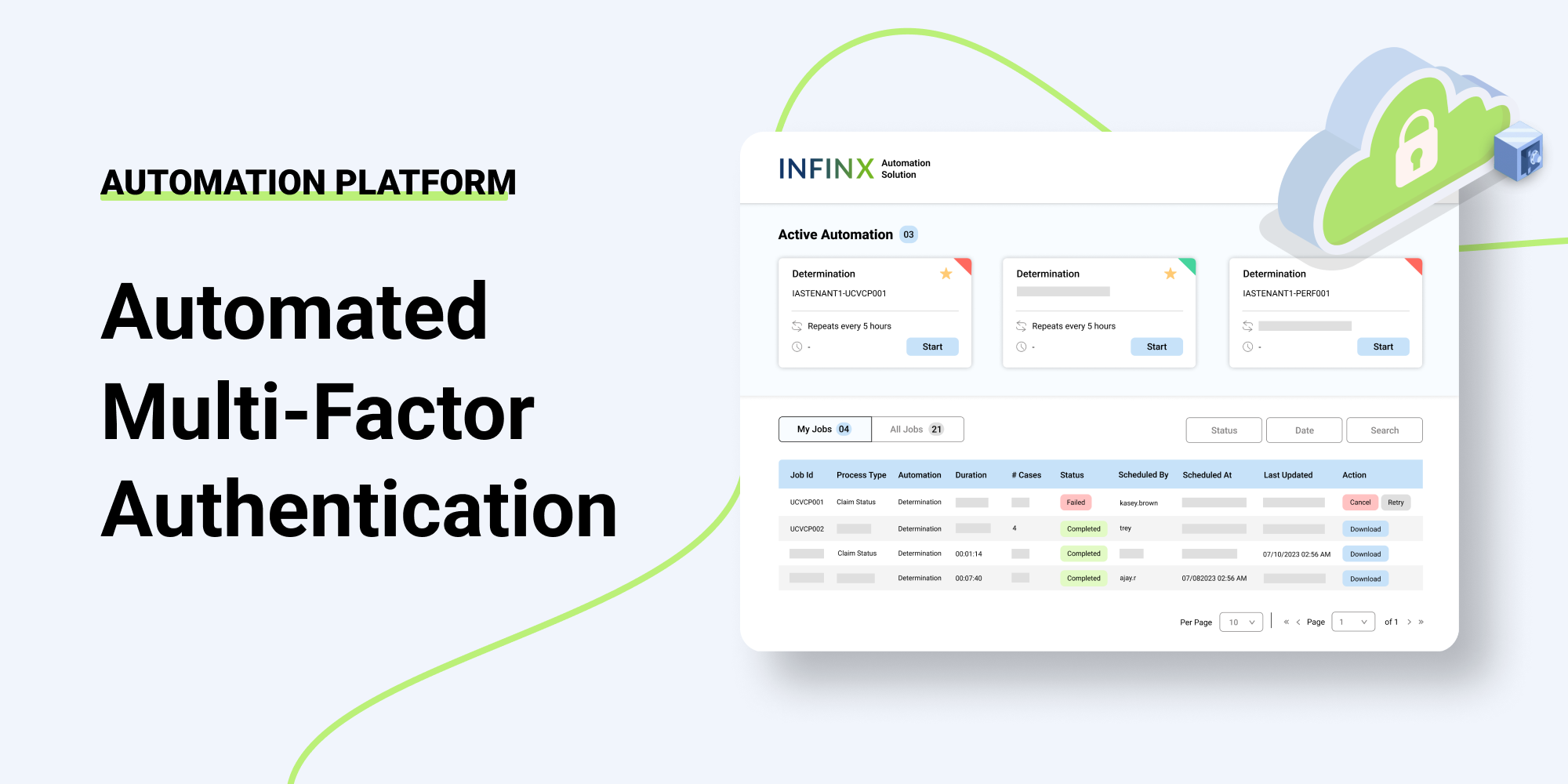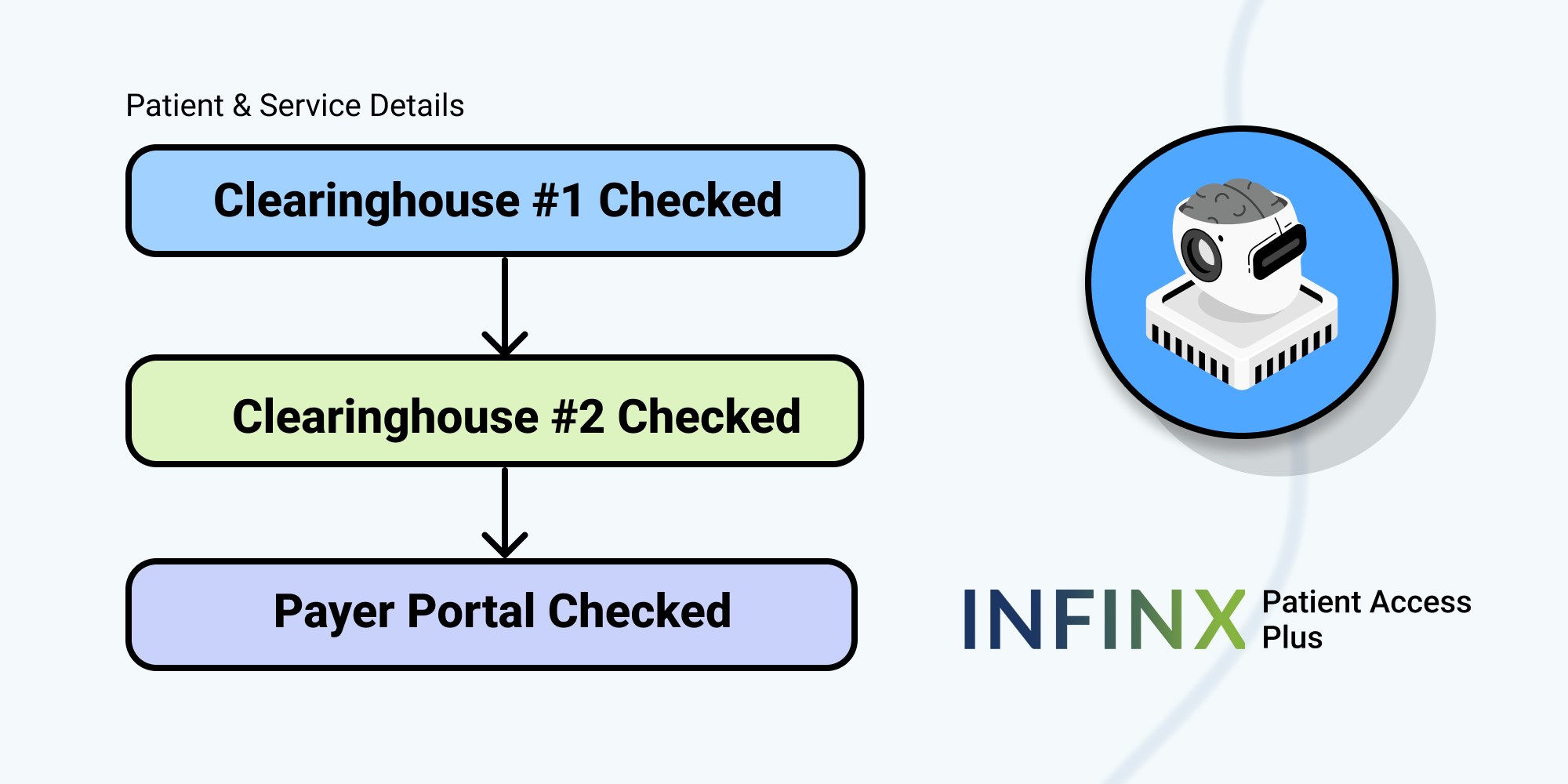For orthopedic surgeons with high volumes of musculoskeletal procedures, joint surgeries, and complex physician therapy rehab, prior authorizations create a logjam of administrative workflow. Multiple prior authorizations per surgical procedure often frustrate providers and staff while leading to abandoned care for disappointed patients.
Not only are orthopedic practices required to get approval for the surgery itself, they are often mandated to get separate prior authorizations for pre- and post-surgery ancillaries. This includes everything from pre-surgical imaging and diagnostic testing, to injectables used during surgery, to post-surgery medications, imaging, pain management, durable medical equipment (DME), and rehab.
Orthopedic Surgeons Face Worsening Prior Authorization Challenges
As cited in the American Medical Association’s 2020 AMA Prior Authorization Physician Survey, 94% of physicians report care delays directly associated with obtaining approved reauthorization.
Changing Payer Guidelines
Constantly changing payer guidelines make it difficult for many specialities, including orthopedic surgeons, to stay current. For instance, the Centers for Medicare and Medicaid Services (CMS) began requiring prior authorizations for two more procedure categories:
- Implanted spinal neurostimulators
- Cervical fusion with disc removal
CDSM Requirements Add to the Workload
Beginning January 1, 2023, the Clinical Decision Support Mechanism (CDSM) mandated by CMS goes into effect requiring certificates of compliance to be generated for advanced imaging on all Medicare patients. Separate from prior authorizations, ordering providers will have to consult an Appropriate Use Criteria (AUC) database sending the certificate to the rendering provider.
As of January 1, 2023, Medicare reimbursement for advanced imaging will be withheld if there is no accompanying coding noting receipt of the ordering provider’s compliance.
Manual Prior Authorization Processes Cost Weeks of Time
Manual paperwork, phone calls, and peer-to-peer appeals take valuable time away from patient care while adding little value to improve overall healthcare costs.
Surgical coordinators spend up to an hour on paperwork before submitting a single prior authorization and then must track and follow that same request manually for up to two weeks before finally receiving approval. And that’s if everything goes right.
If there’s a rejection, orthopedic surgery teams must spend valuable time in virtual peer-to-peer appeals when that same time would be better spent seeing patients suffering from acute and chronic musculoskeletal issues.
Prior Authorizations and Denials Hurt the Bottom Line
Maximizing the prior authorizations workflow for orthopedic surgical practices is of paramount importance. Complex prior authorization approval requirements lead to increasing denials which tighten practice cash flow. It’s critical to find innovative ways to capture every dollar due.
According to the 2020 CAQH Index on healthcare automation opportunities, only 21% of practices utilize a fully automated prior authorization process. This costs the healthcare industry over $417 million every year. Individually, the Index reports an industry cost (provider and insurance plan) of $13.40 per prior authorization when completed manually, while processing a single prior authorization electronically costs $3.76, leading to a savings of $9.64 per occurrence.
Taken a step further, according to the Medical Group Management Association (MGMA), when claims are denied the appeal and resubmission process can cost an average of $118 per claim. This may explain why MGMA estimates that 50-65% of denials are never resubmitted and the revenue is simply forfeited.
Failed and Slow Prior Authorizations Hurt Patient Care
Patients who need orthopedic care must obtain prior authorization for needed procedures. This much is clear: Slow manual processes keep patients in discomfort. Denials are outright disappointing and frustrating.
Beyond a frustrating patient experience or continued discomfort, the hours an orthopedic group spends on prior authorization management instead of patient care is costly to both the practice and the patient.
Questions to Ask When Reviewing Your Prior Authorization Workflow
It’s never been more imperative to review operational processes within the orthopedic surgical practice that relate to prior authorizations. These questions come to mind:
- How much time is being spent to manage the process and are there more efficient options that save money for orthopedic groups?
- Is it possible to get faster and more accurate prior auth approvals that improve reimbursement in a significant way?
- How would better, faster prior authorization and fewer denials impact patient care?
Orthopedic Patient Care and Profit Benefit from Artificial Intelligence
Artificial intelligence and machine learning technology is proven to streamline prior authorizations and capture previously lost revenue for orthopedic surgery practices. Through state-of-the-art AI-powered solutions leveraged by robotic process automation and subject matter experts, orthopedic surgery teams find significant relief from the burdens of manual utilization management and preauthorization workflows.
With a multi-dimensional software solution that can be fully integrated into EHR/EMR platforms, each patient’s multiple prior authorization needs are assessed in real-time with approval requests generated and submitted electronically. From there, surgical coordinators monitor the prior authorization’s progress and, once approvals are obtained, notify the scheduling department so that patients can be scheduled and care delivered quickly.
Cut Labor Costs from Weeks to Minutes
Instead of pre- and post-surgical prior authorizations taking days or weeks, requests are completed in as little as 30 minutes with outliers or emergent requests being handled by a team of specialists through augmented intelligence. With an estimated 70% savings at the practice level of $6.62 per preauthorization, ROI would be quickly reached.
Reduce Denials, Improve Reimbursement
MGMA estimates that 31% of denials are directly attributable to missing or unapproved prior authorizations. By processing prior authorizations electronically, orthopedic surgery practices reduce denials on the back end and collect revenue as a matter of due course, thus reducing A/R and shaving off days outstanding.
Improve the Patient Experience
AI-powered prior authorization means patients who need diagnostic testing, injectables, post-surgery medications, imaging, pain management, durable medical equipment (DME), and rehab have a greater likelihood of obtaining authorization – and faster than the manual process.
Patients and providers will be more focused on care and recovery instead of frustrating follow up calls and long conversations with insurance payers.
AI-Powered Technology Leveraged By Specialists, An All-In-One Solution
Our AI-powered prior authorization solutions (IPA and IPA+) brings the patient access flow together in a comprehensive solution that automates orthopedic surgery workflow from insurance verification and patient pay estimation through prior authorizations and insurance discovery.
Additionally, Infinx was selected as a CMS-preferred vendor to develop CDSM software. Our CDSM solution integrates seamlessly with the IPA+ software offering both a proactive and a reactive workflow for providers prescribing or rendering imaging tests.
Each step in the process represents an opportunity to streamline operations, improve the patient experience, and positively impact the bottom-line.
Request a demo to see how our solutions improve prior authorization and CDSM workflow, and positively impacts overall financial performance.



